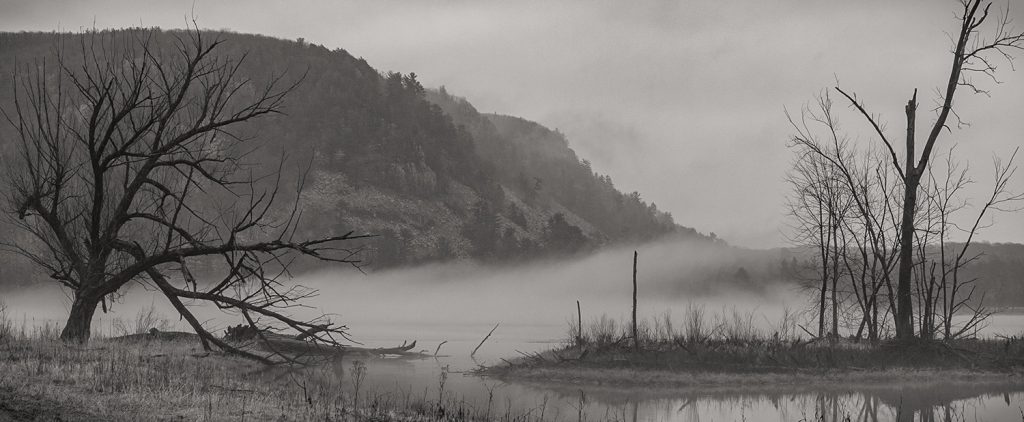
To the original inhabitants, the Ho-Chunk People, the lake was known as Tee Wakącąk. This name conveys a profound reverence and spiritual significance of the lake and its surrounding bluffs. While difficult to fully capture in English, Tee Wakącąk describes the lake as a sacred place of extraordinary sanctity. For some, envisioning the lake as an ancient cathedral, a magnificent church, or other revered holy space is a helpful way to understand the significance of Tee Wakącąk, a name that went back hundreds if not thousands of years.
In early encounters between European settlers and Native American tribes, there was unfortunately limited mutual understanding. Sacred sites revered by indigenous peoples were often misinterpreted through the lens of differing belief systems and yes, racism and bias. It’s not hard to imagine in those times how some would interpret what they were told to mean a lake of spirits or indeed, the Devil’s lake.
As tourism rose in the 1800s, alternate names like “Lake of the Two Hills” and “Wild Beauty Lake” were proposed, But the allure of the mysterious “Devil’s Lake” name has persisted to this day.
The takeaway may be, that while today we know the name as “Devil’s Lake”, we can visit with the awareness of the reverence many still hold for this landscape, and do our part to treat this natural wonder with respect.
* Further Reading: Lange, Kenneth L. 1989. Ancient Rocks And Vanished Glaciers: Worzalla Publishing Company, Stevens Point, Wisconsin.
